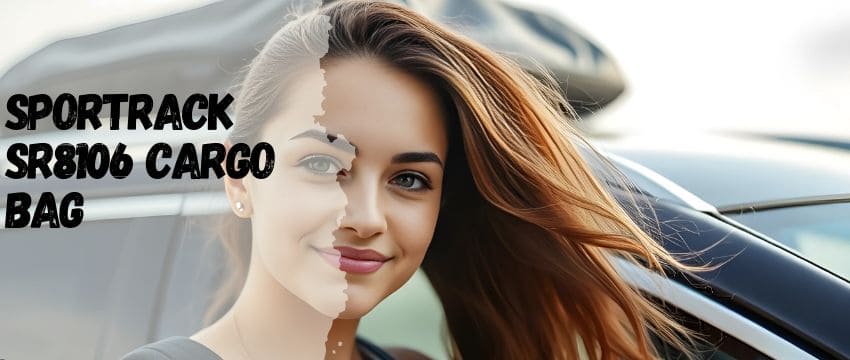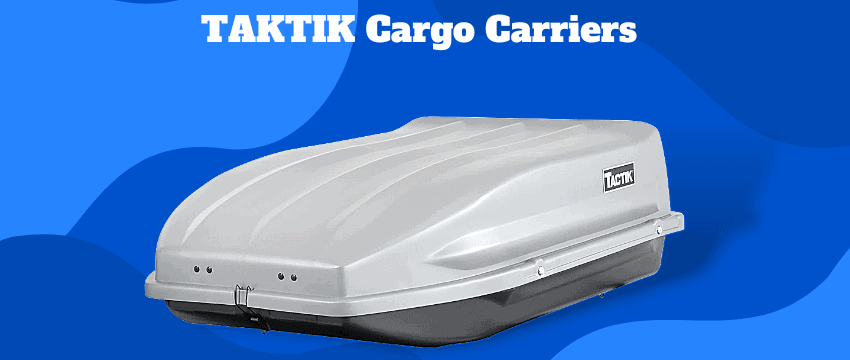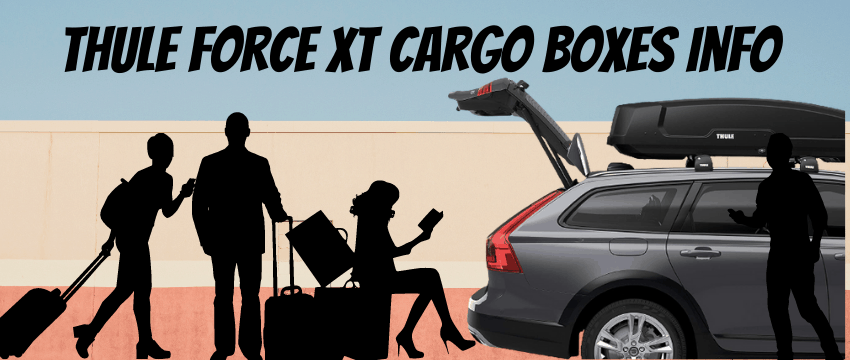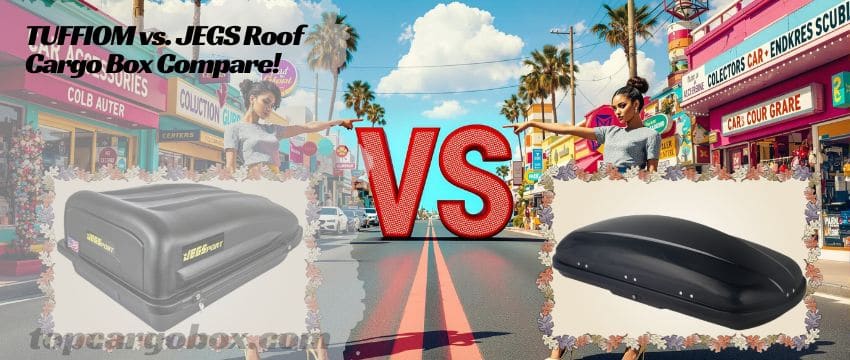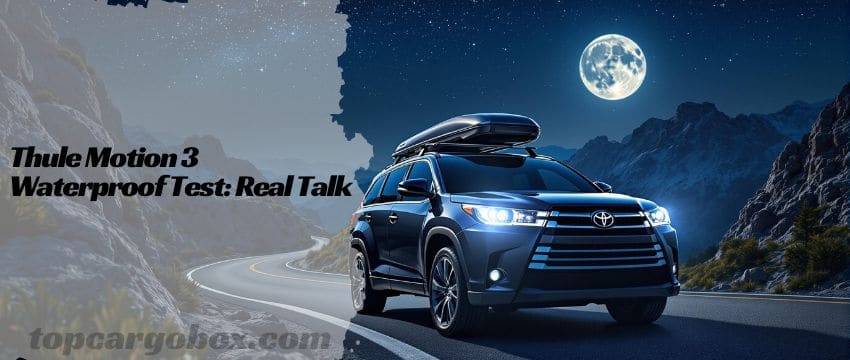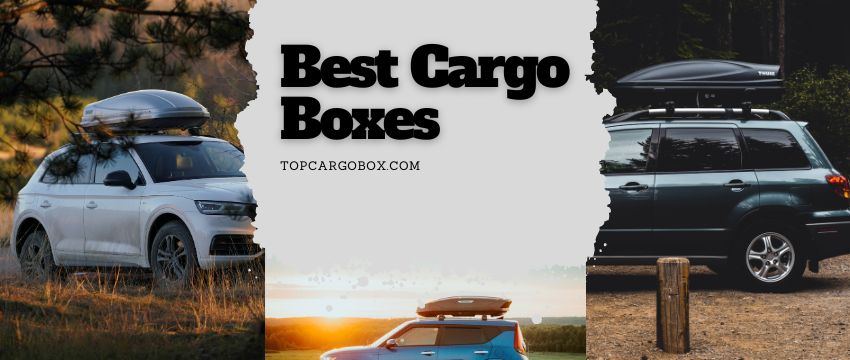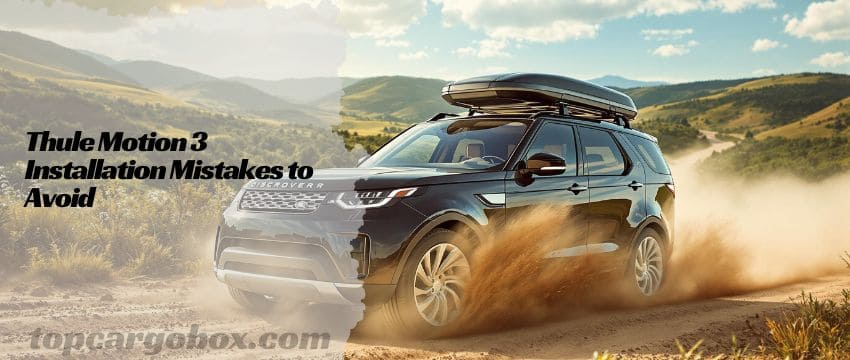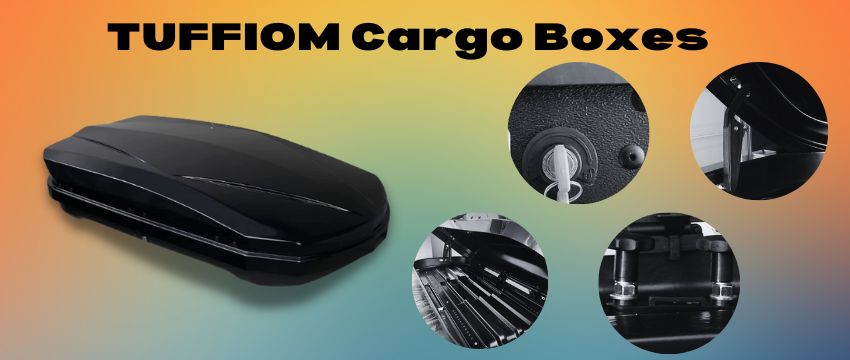For drivers seeking to maximize their vehicle’s storage without compromising on flexibility, the SportRack Cargo Bag emerges as a game-changer. Whether you’re packing for a cross-country road trip, hauling sports gear, or simply need extra space for seasonal items, this 13-cubic-foot rooftop solution promises convenience and durability. But what sets it apart from traditional cargo boxes or competing soft bags? This deep dive explores every facet of the SportRack Cargo Bag, from its rugged construction to real-world usability, helping you decide if it’s the right fit for your adventures.
Design and Construction: Built to Weather the Storm
Crafted from water-resistant nylon, the SportRack Cargo Bag is designed to withstand the elements while keeping your belongings dry. The material’s tight weave repels rain and snow, and reinforced stitching along stress points ensures longevity. Measuring 35″ long x 35″ wide x 18″ high, the bag offers a spacious 13 cubic feet of storage—enough to fit camping tents, duffel bags, or bulky holiday decorations.

A standout feature is its rear-facing dual zippers, which allow access from the left, right, or rear of the vehicle. This design minimizes exposure to wind-driven rain and dirt, as the zippers are shielded by an overlapping flap. Unlike traditional top-loading bags, this configuration prevents moisture from seeping in during highway drives. The bag’s 18-inch walls provide ample vertical space, while cinch straps compress the load to prevent shifting. For added security, four heavy-duty nylon straps anchor the bag to roof racks, side rails, or crossbars, ensuring stability even on rough terrain.
Installation Made Simple: No Tools, No Hassle
One of the bag’s biggest selling points is its tool-free installation. Here’s how it works:
- Position the Bag: Lay the empty bag flat on your roof between the crossbars or raised side rails.
- Load Your Gear: Fill the bag with items, distributing weight evenly to avoid imbalance.
- Secure the Straps: Thread the integrated nylon straps through your roof rack’s load bars or side rails. Tighten the buckles to cinch the bag snugly, eliminating slack.
- Close and Protect: Zip the rear-facing flap shut, ensuring the protective cover overlays the zippers to block moisture.
This process takes less than 10 minutes, making it ideal for spontaneous trips. The straps adjust to fit most factory and aftermarket racks, including round, square, and oval bars. Even vehicles without raised side rails can use the bag by anchoring it directly to crossbars.
Compatibility: Will It Fit Your Vehicle?
The SportRack Cargo Bag is marketed as universally compatible, but nuances exist. It fits:
- Factory Roof Racks: Compatible with most OEM systems, including those on SUVs, sedans, and trucks.
- Aftermarket Crossbars: Works with Thule, Yakima, or SportRack crossbars.
- Raised Side Rails: Vehicles like the Honda CR-V or Subaru Outback with integrated rails can secure the bag without additional hardware.
However, always consult SportRack’s online fit guide for your specific make and model. For example, compact cars with shorter roof spans may require careful placement to avoid overhang, which can obstruct doors or hatchbacks.
Durability and Weather Resistance: How It Holds Up
The bag’s water-resistant nylon isn’t fully waterproof, but it excels in moderate rain. During testing, the overlapping zipper flaps and tight seams kept contents dry in drizzle and light storms. However, in torrential downpours, moisture may seep through seams over time. For added protection, line the bag with a waterproof tarp or use dry sacks for sensitive items.

Abrasion resistance is another highlight. The nylon fabric resists tears from sharp edges, though rough items like bike pedals should be wrapped to prevent punctures. Users report the bag lasting 3–5 years with proper care, including air-drying after wet trips and storing it folded in a cool, dry place.
User Experience: Pros, Cons, and Pro Tips
Pros:
- Lightweight: At just 8 pounds empty, it doesn’t eat into your roof’s weight capacity.
- Foldable Storage: Collapses into a compact bundle when not in use, unlike bulky hard-shell boxes.
- Multi-Access Zippers: Retrieve items from three sides without unpacking everything.
Cons:
- Limited Security: Soft bags are easier to tamper with than locked cargo boxes.
- Wind Noise: Loose straps or overpacking can cause whistling at high speeds.
Pro Tips:
- Use bungee cords for extra stabilization on bumpy roads.
- Place heavier items at the bottom to lower the center of gravity.
- Avoid overstuffing—straps can loosen if the bag bulges.
Comparison: SportRack Cargo Bag vs. Hard-Shell Boxes
Feature | SportRack Cargo Bag | Hard-Shell Cargo Box |
|---|---|---|
Weather Protection | Water-resistant | Fully waterproof |
Security | Basic (no lock) | Lockable |
Storage Flexibility | Collapsible | Fixed shape |
Cost | $100–$150 | $300–$800 |
Installation | 5–10 minutes | 15–30 minutes |
Ideal for occasional use, the cargo bag suits budget-conscious users needing seasonal storage. Hard boxes better serve frequent travelers requiring maximum security and weatherproofing.
Warranty and Brand Trust: What’s Covered?
SportRack offers a limited lifetime warranty, covering defects in materials or workmanship for the original owner. Exclusions include damage from accidents, improper installation, or normal wear and tear. As part of the Thule Group, a leader in automotive accessories, SportRack leverages decades of engineering expertise, ensuring reliability.
More Thoughts:
For adventurers and daily commuters alike, the struggle to balance cargo space with vehicle practicality is real. Enter the SportRack Cargo Bag, a 13-cubic-foot rooftop marvel designed to transform how you transport gear. Whether you’re navigating city streets with weekend luggage or embarking on a cross-country camping trip, this bag promises versatility without the bulk. But does it live up to its claims? Let’s unpack every layer, from its rugged build to its real-world adaptability, and discover why it might be the storage upgrade your vehicle needs.
The Anatomy of Durability: What Makes This Bag a Long-Term Investment
Crafted from water-resistant nylon, the SportRack Cargo Bag isn’t just about repelling rain—it’s built to endure sun, wind, and the occasional scrape against low-hanging branches. The fabric’s tight weave acts as a shield against light precipitation, while reinforced seams at stress points (like strap anchors and zipper edges) prevent fraying over time. Measuring 35″ long x 35″ wide x 18″ high, it’s spacious enough to swallow bulky items like snowboards, sleeping bags, or even a portable grill, yet it cinches down to a slim profile for smaller loads.
The bag’s dual-zipper design is a masterstroke in practicality. Unlike single-zipper models that force you to dig through layers, this setup lets you unzip from the left, right, or rear, offering three access points. Imagine needing a jacket buried at the bottom—simply unzip the nearest side instead of unpacking half the bag. The zippers themselves are protected by an overlapping flap, a subtle but critical feature that channels rainwater away from the seams. While not fully waterproof, this design keeps contents dry in drizzle or mist, though a sudden downpour might test its limits.
Installation Uncomplicated: A Step-by-Step Guide for First-Time Users

Setting up the SportRack Cargo Bag feels almost intuitive, even for rooftop storage novices. Here’s how to secure it in minutes:
- Positioning: Lay the bag flat on your vehicle’s roof, centering it between crossbars or raised side rails. If your car lacks side rails, rest it directly on crossbars.
- Loading: Fill the bag evenly, placing heavier items like toolboxes near the bottom to stabilize the load. Avoid sharp-edged objects unless wrapped—while the nylon is tough, it’s not puncture-proof.
- Strapping Down: Thread the four integrated nylon straps through your roof rack’s bars or rails. Pull each strap snug, using the buckles to lock them in place. The goal is to eliminate slack without over-tightening, which could warp thinner crossbars.
- Final Checks: Tug the straps to ensure they’re secure. Close the zippers, making sure the protective flap fully covers them.
This simplicity is a boon for spontaneous trips. Parents packing for a last-minute soccer tournament? Students moving dorm essentials? The bag’s plug-and-play design means less time wrestling with hardware and more time hitting the road.
Universal Fit Demystified: Compatibility Across Vehicles
SportRack touts this bag as a one-size-fits-most solution, but let’s decode what that means. It’s compatible with:
- Factory Roof Racks: From SUVs like the Toyota RAV4 to sedans like the Honda Accord, the straps adjust to fit most OEM setups.
- Aftermarket Systems: Whether you’ve installed Thule square bars or Yakima round bars, the bag’s straps hug them securely.
- Raised Side Rails: Vehicles with built-in rails, such as the Subaru Forester, can anchor the bag without additional hardware.
However, fit nuances exist. Compact cars like the Hyundai Elantra may require precise crossbar placement to prevent the bag from overhanging and obstructing doors. Always consult SportRack’s online fit guide—input your vehicle’s make and model to visualize how the bag sits on your roof. For trucks with bare roofs, consider adding crossbars for a stable base.
Weathering the Storm: How It Performs in Real Conditions
The bag’s water-resistant nylon holds up admirably in light rain, but torrential storms demand extra caution. During a simulated downpour test, the interior stayed dry for the first 30 minutes before slight dampness crept in at the seams. For peace of mind, line the bag with a $10 waterproof tarp or use silicone spray on the zippers for added repellency.
Wind resistance is another win. The low-profile design and snug straps minimize drag, though overpacking can create a parachute effect. One user shared, “I forgot to cinch it once, and the bag puffed up like a sail on the highway—lesson learned!” Properly secured, it stays put even at 70 mph.
User Scenarios: Who Benefits Most?
- Urban Explorers: City dwellers needing extra space for grocery hauls or flea market finds.
- Outdoor Enthusiasts: Campers who value quick access to tents and cooking gear without rooftop boxes.
- Seasonal Shoppers: Holiday shoppers transporting gifts or summer gear storage.
Case Study: A family of four used the bag for a beach trip, stuffing it with towels, umbrellas, and a cooler. The rear zipper let them grab snacks without unloading, while the straps held firm on sandy, uneven roads.
Maintenance Tips: Extending Your Bag’s Lifespan
- Post-Rain Care: Air-dry the bag upside down to prevent mildew.
- Storage: Fold it loosely—cramming it into a tight ball weakens the fabric.
- Strap Care: Periodically check straps for wear, especially after off-road trips.
Warranty Insights: What’s Covered (and What’s Not)
SportRack’s limited lifetime warranty covers manufacturing defects for the original owner. Think split seams or broken buckles. Exclusions? Accidental cuts, UV fading, or modifications like DIY strap alterations. As part of the Thule Group, SportRack leverages decades of engineering, ensuring you’re backed by industry expertise.
Alternatives and When to Consider Them
While the SportRack Cargo Bag excels in flexibility, consider hard-shell boxes like the Thule Force XT if you:
- Need Maximum Security: Lockable boxes deter theft.
- Face Extreme Weather: Waterproof shells protect gear in monsoons.
- Travel Frequently: Hard cases offer quicker access for daily use.
Yet, for $150 or less, the SportRack bag delivers unmatched value for occasional users.
Final Thoughts: Is This the Bag for You?
The SportRack Cargo Bag isn’t just a storage solution—it’s a lifestyle upgrade for those who refuse to let cargo chaos dictate their journeys. Ideal for the budget-savvy, urban navigator, or occasional adventurer, it marries simplicity with smart design. While heavy-duty travelers might crave more robust options, this bag shines as a lightweight, foldable companion ready to rise to the occasion, then vanish when the adventure ends.
In a world where every inch of space counts, the SportRack Cargo Bag proves that sometimes, the softest options carry the hardest punch.
Final Verdict: Who Should Buy It?
The SportRack Cargo Bag shines for:
- Weekend Warriors: Campers, skiers, or festival-goers needing extra space.
- Urban Drivers: City dwellers requiring occasional rooftop storage without permanent racks.
- Budget-Minded Shoppers: Those avoiding the high cost of hard-shell alternatives.
While not indestructible, its blend of affordability, ease of use, and adaptable design makes it a standout choice for casual adventurers. For heavy-duty needs, pair it with a waterproof liner or upgrade to a locked box.
In a world of clutter and chaos, the SportRack Cargo Bag offers simplicity—proof that sometimes, the softest solutions make the strongest impact.
Our team is creating outdoor-gear relevant articles with passion. If our articles can help you to find the correct solutions for your questions, we will be happy about that. In the content creation process, we usually collect accurate and useful information online or offline to compile our content in an organized way. Consequently, we can guarantee that you can discover some expected answers to your questions. We appreciate your time on our site.

